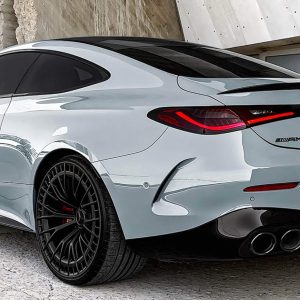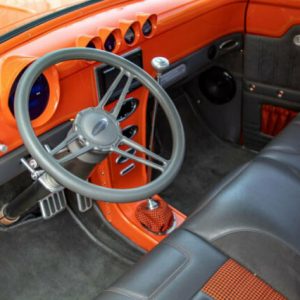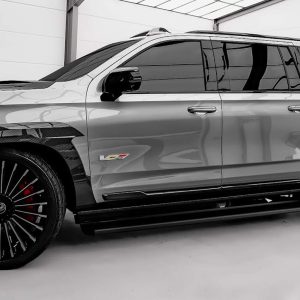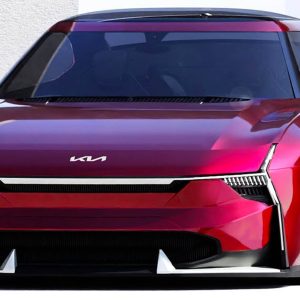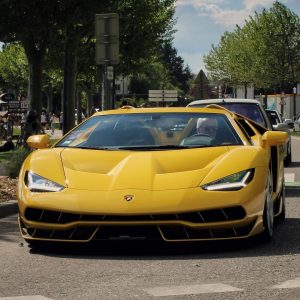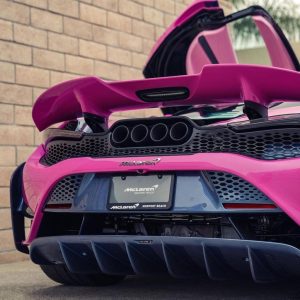The early 1950s were an era of Hollywood glamour and some truly wonderful automobiles. But none are as striking and visceral as this duo of Ferrari 212s from the collection of Peter Kalikow which our photo reporter Rémi Dargegen captured on the coast of California.

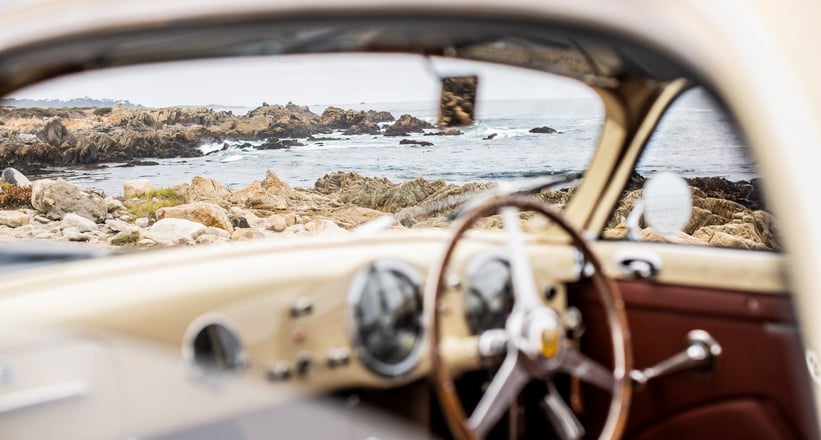
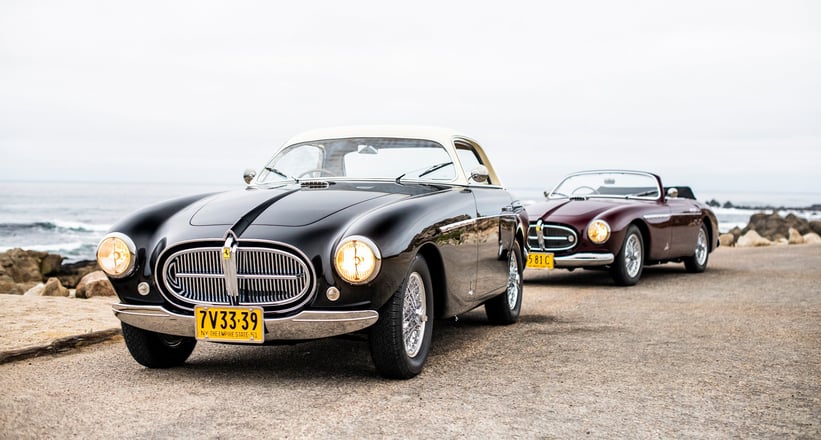
While the Ferrari brand looks back on many decades of glory and success, it’s perhaps easy to overlook their humble beginnings and subsequent rise to glory during the late 1940s and early 1950s. Enzo Ferrari was relentless in his pursuit for greatness, both on and off the racetrack, and hell-bent on creating masterpieces that would make the entire world weak at the knees. He, of course, succeeded with many breath-takingly beautiful cars, but few capture the spirit of Maranello’s ambition quite like the Ferrari 212. Thankfully, we were graced with the opportunity to learn more about two wonderful examples, owned by renowned classic car collector Peter Kalikow, when our man Rémi Dargegen caught up with Peter and his son Nicholas during Monterey Car Week to capture an unfortgettable moment along the iconic 17-Mile Drive.
Built between 1950 and 1953, the Ferrari 212 continued to pave the way for future road and race cars, being made available in both Inter and Export configurations. The former was the road-going variant, leaving the export to be used in competition. Despite this difference, it wasn’t uncommon for Exports to be bodied much like the Inters as coupés to cabriolets. Peter’s stunning Burgundy example, for instance, is a 212 Export Cabrio. Despite some examples being designed by Carrozzeria Touring, the most famous, and stylistically the most successful cars were designed at Vignale, who graced the Ferrari with true elegance and charm. Under the bonnet of the Ferrari 212 Inter was a Gioacchino Colombo V12 that was bored out to provide a bigger displacement, while the chassis was inspired by that of the Ferrari 166 MM, with modifications aimed at transmitting the higher power output to the road.
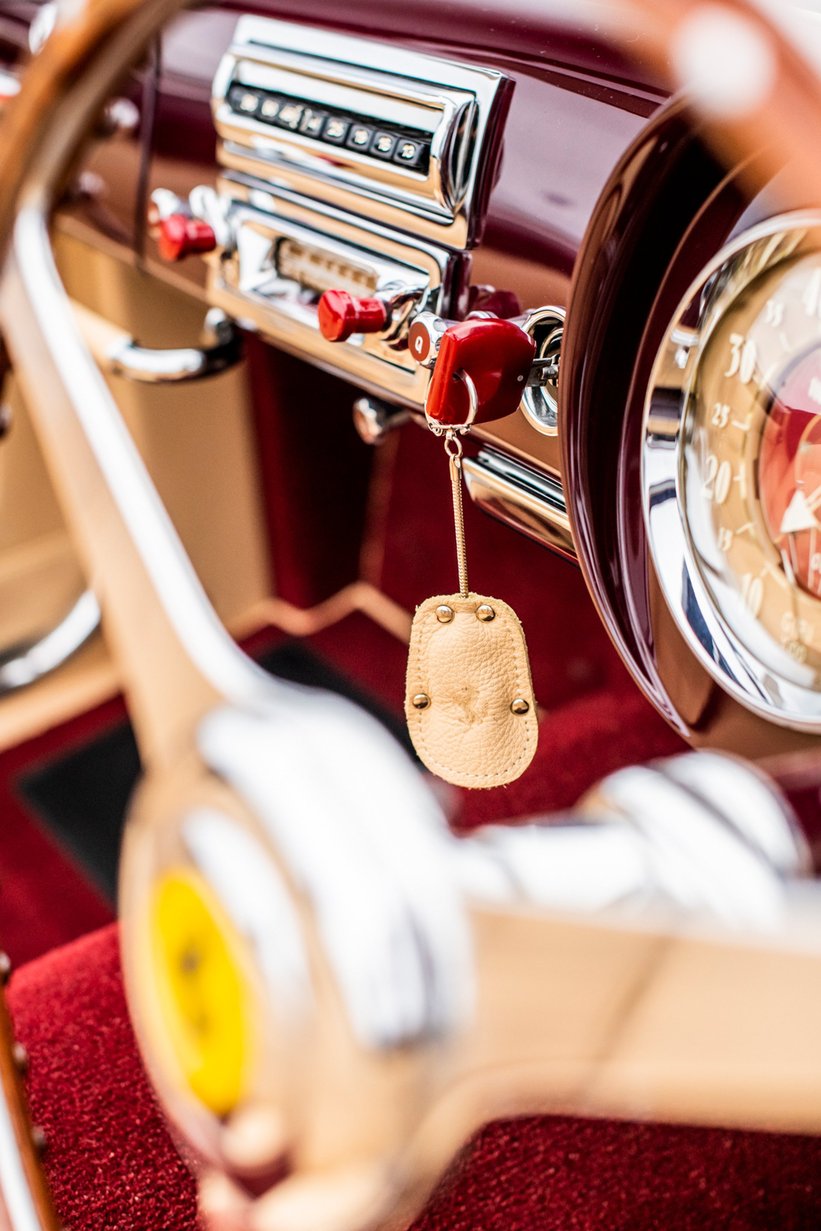
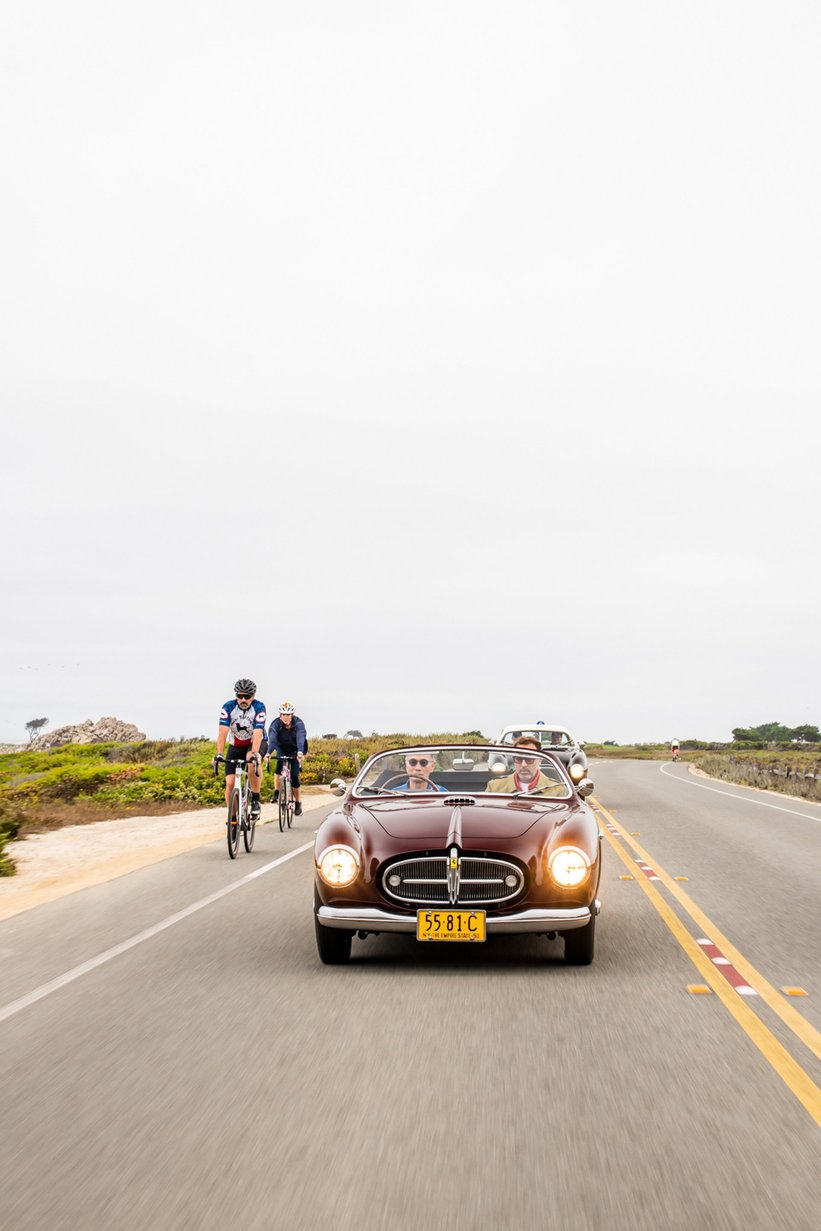
Faced with the arduous task of replacing Ferrari’s successful 166 and 195 Inter grand tourers, the 212 Inter was unveiled at the Brussels Motor Show of 1951. Thankfully for the Maranello outfit, the 212 was a success, and built on the ethos of a sports car for the road that could also win international races. Peter Kalikow’s first taste of Ferrari-flavoured nectar started just six years after the 212 had launched, when he first laid eyes on a car from Maranello at the New York Auto Show in 1957. The car? A Pininfarina-bodied 250 GT Cabriolet, arguably one of the best-looking cars ever to grace the earth, so it’s easy to see why Peter became such a fan of the prancing horse.
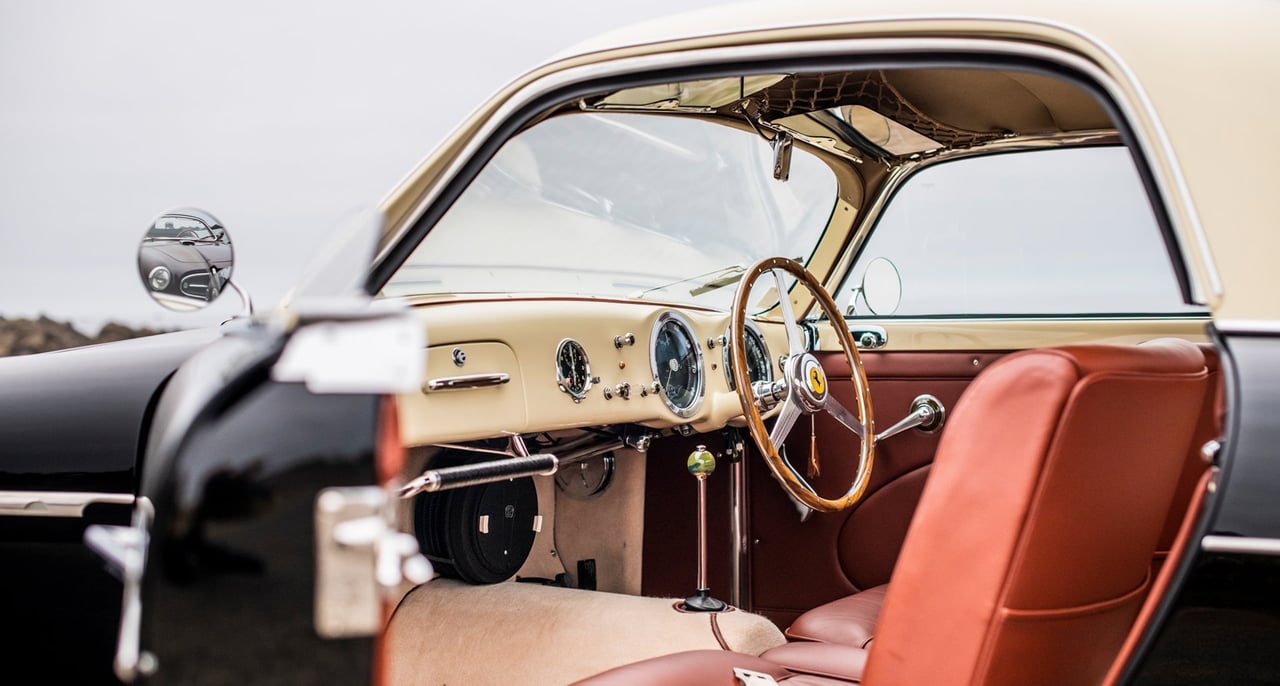
Peter began to build a fine collection of classics, including multiple Ferraris, and all of them followed a theme – they were bodied or designed by Pininfarina. Deeply curious about the cars created by other design houses, he felt he had to ‘work up the courage’ to buy them. There is comfort in sticking with what you have loved for so long, and even during his younger years, Peter hadn’t experienced any exposure to Vignale, or the likes of Touring or Ghia for that matter, when they were new. And so choosing to buy his first non-Pininfarina Ferrari wasn’t as straight-forward. “I had been looking to buy a 212 Export Spyder for years, but it was never available. The 212 Inter Coupe came up for sale in 2011 and shortly after the Export in 2013. I knew I had to get them. I’ve always admired how beautiful these cars are, and it was exciting to add something new and unfamiliar to my collection.”
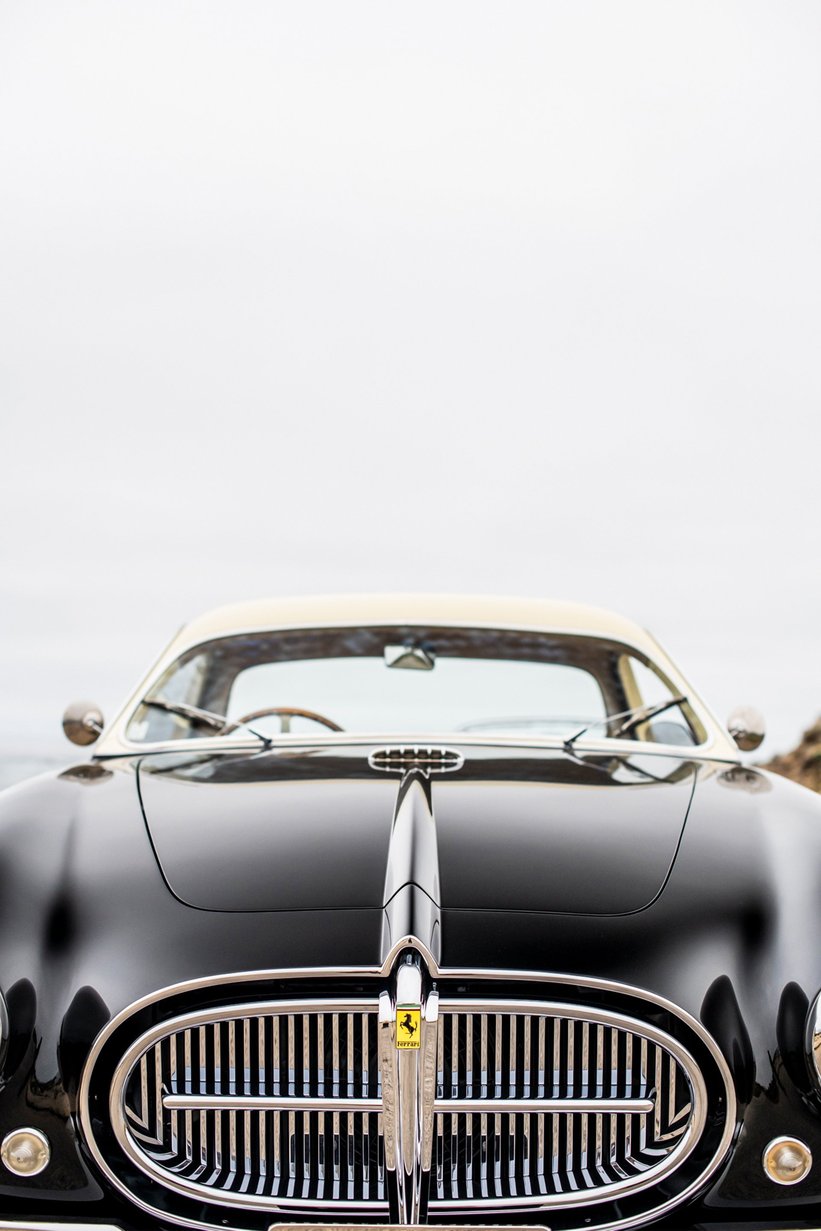
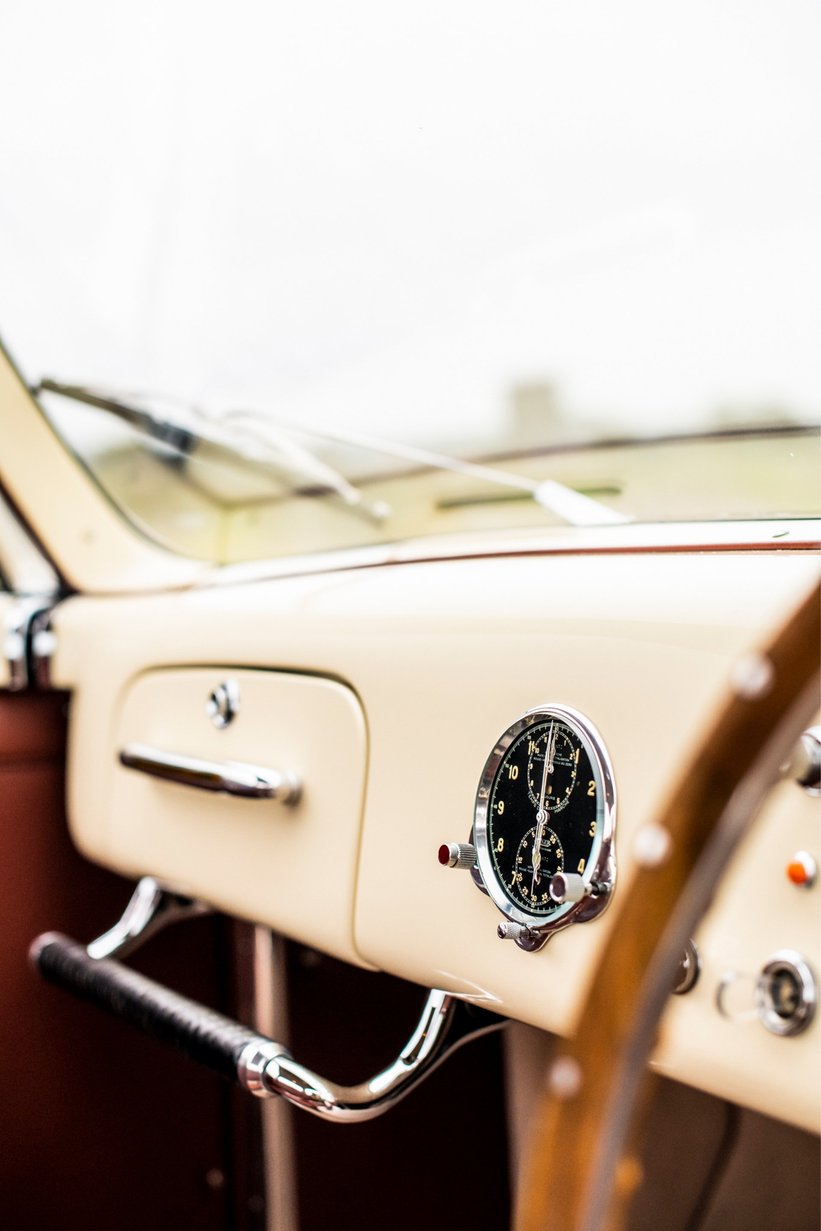
One question played in our minds: While many car lovers adore the idea of owning a drop-top derivate for those sunshine cruises, as well as a coupé example, how did Peter end up with two? His response was direct and humorous as we’d hoped: “It was actually by accident that I ended up with a pair of Ferrari 212s. When you buy a 212, it’s like eating peanuts—you just can’t stop! The Export Cabriolet is my favourite, because it’s the sportiest aesthetically, and of course, I love driving with the top down. It’s also lighter than the coupe. The car was originally sold to a man in Portugal who was about to become Portugal’s ambassador to France, hence the big letter ‘F’ on the rear. He bought the car for his brother to race, but tragically, his brother died in a car accident shortly before the race. The car was then sold to Luigi Chinetti and brought back to the U.S. in the fall of 1951. It raced at Watkins Glen in 1952 and eventually ended up with Bill Spear and Cunningham’s race team where it was brought back to France around 1954 or 1955. Since then, it has returned to the U.S. and had several different owners before finally ending up in my collection.”
Switching from the cabriolet to the coupé momentarily, we were keen to find out more about the large Jaeger clock directly in the centre of the dash. Peter explains, “The Jaeger clock in the car was already there when I purchased it, but we’ll continue to research more about how it ended up being front and centre!”
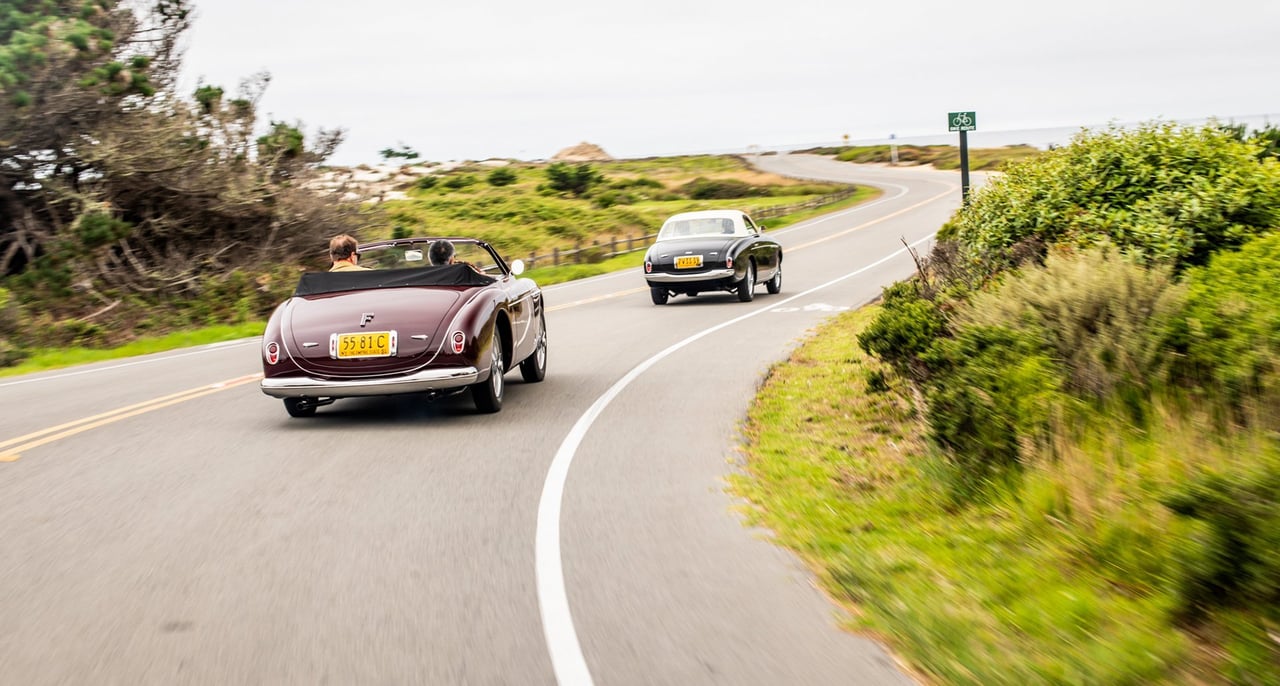
Leaving the car park and heading out onto the open road, we were treated to a first glimpse at what these powerful mid-century masterpieces could do. Seemingly gliding along the smooth Californian tarmac, their silky smooth V12 engines were barely breaking a sweat, and Nicholas was quick to brief us on the requirements needed to drive a Ferrari 212 comfortably. “First up, for anyone over 5’10”, some stretching, or yoga may be required to fit in the tiny cockpit of the Export. And the pedal boxes are small on both, meaning thin-soled driving shoes are a must. Both cars are very well sorted out by my father, restored by David Carte and fine-tuned by Automotive Restorations, so everything works as it did when they left Maranello. The brakes are excellent, for a 1950s drum-brake car. The handling and steering are good, too.”
So far, so good, we thought. Driving shoes, a bit of pre-drive stretching, and an awareness of the car’s age is nothing out of the ordinary for a classic car. But Nicholas then explained the car’s test mechanism to see if you’re worthy of driving such a machine. “The gearbox requires a LOT of skills and patience; there is no synchro on gears one and two, bad synchro on gear three and four, and constant mesh on gear five. My father, being the man he is, can run through those gears like it it’s a modern DCT – completely smooth, no grinding. When I drive them, the cars make noises like something out of a Looney Tunes cartoon.”
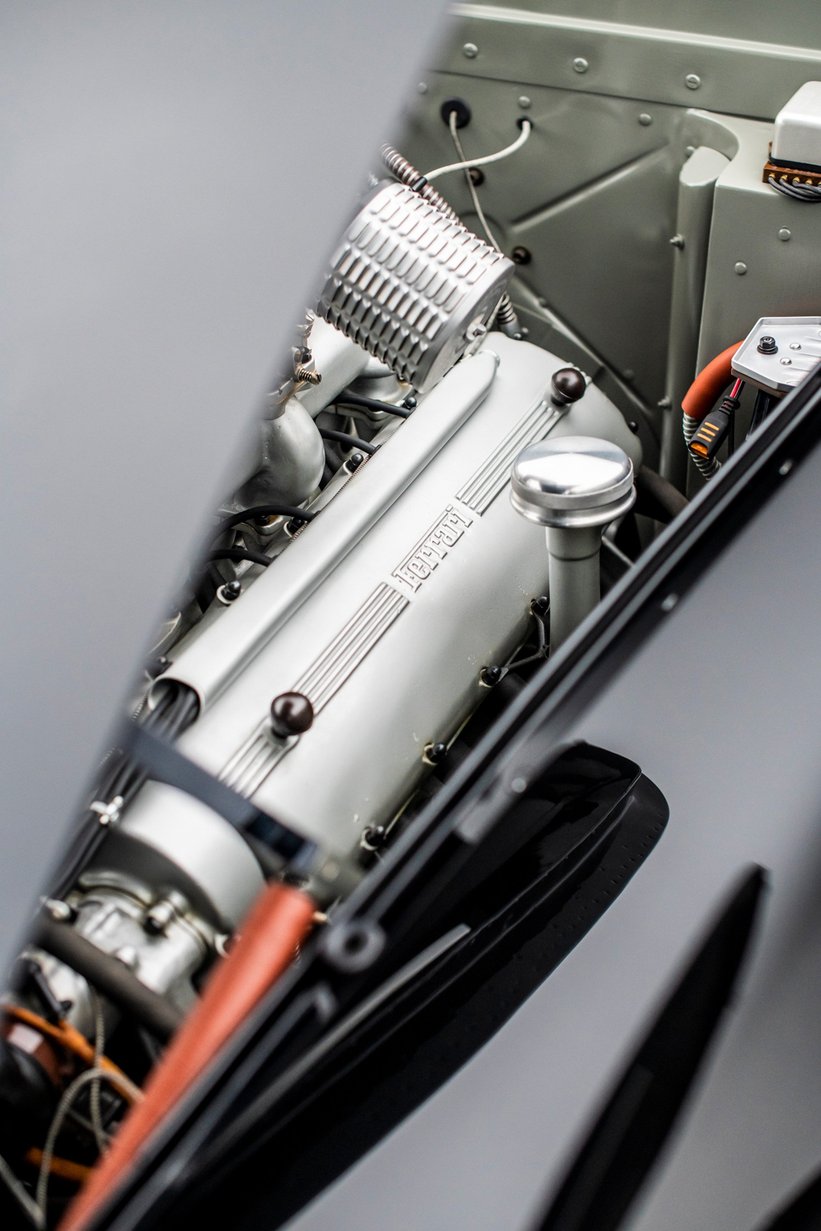

Of course, there’s one important factor we’re missing out here, and that is the engine. Thankfully, both Peter and Nicholas agree that the engines on both cars are spectacular. Effortlessly smooth and yet plenty powerful, with lots of torque throughout the rev range, and they love to rev. Peter continues to explain his take on driving the pair, “Driving it feels like stepping back into the 1950s. You have to pay attention and be careful when handling it; the steering is a bit heavy. When driving the 212s, you must warm them up, including the gearbox, and keep the revs up!”
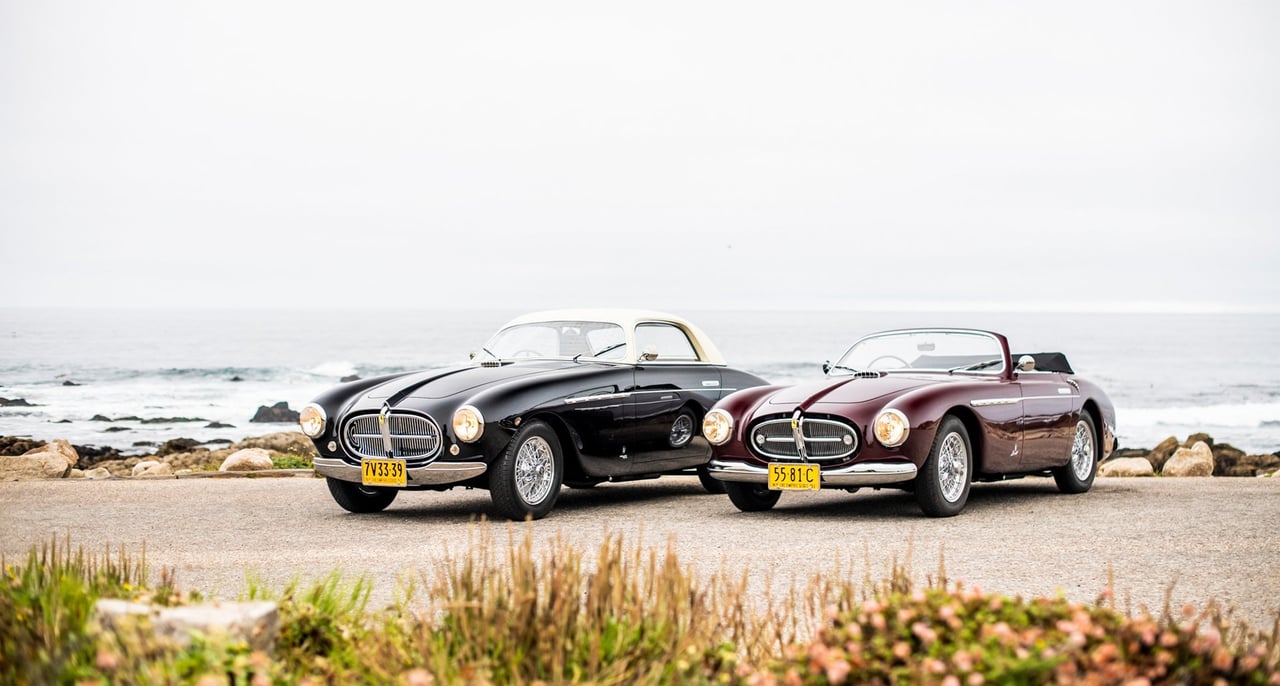
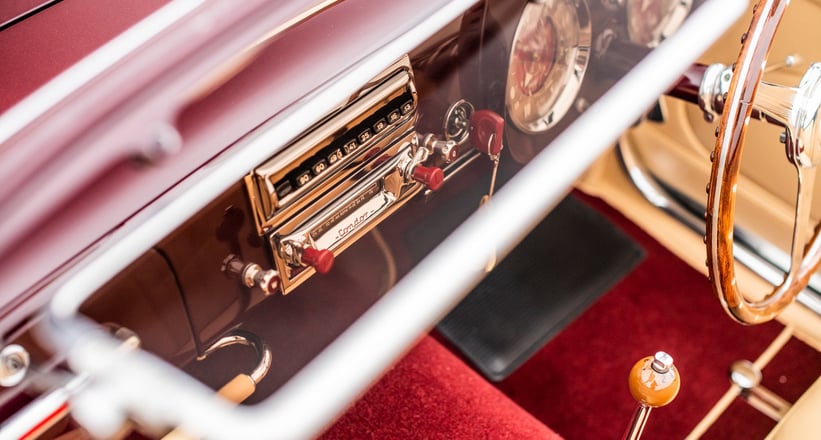

Seeing a motoring icon such as a golden-era Ferrari is always a sight to behold. And while events surrounding Monterey Car Week almost leave you completely desensitised to the rumble of priceless Italian masterpieces, taking these two out on their own for a gentle cruise along the coast reminded us of the early years of Ferraris rise to fame. Driving two Ferrari 212s back-to-back on 17-MileDrive is more than just an moment for the memory bank – it allowed us to understand why Enzo Ferrari’s V12s made the brand we all know and adore what it is today. And for that, we owe an awful lot to cars like the Ferrari 212.
Photos by Rémi Dargegen for Classic Driver © 2024
